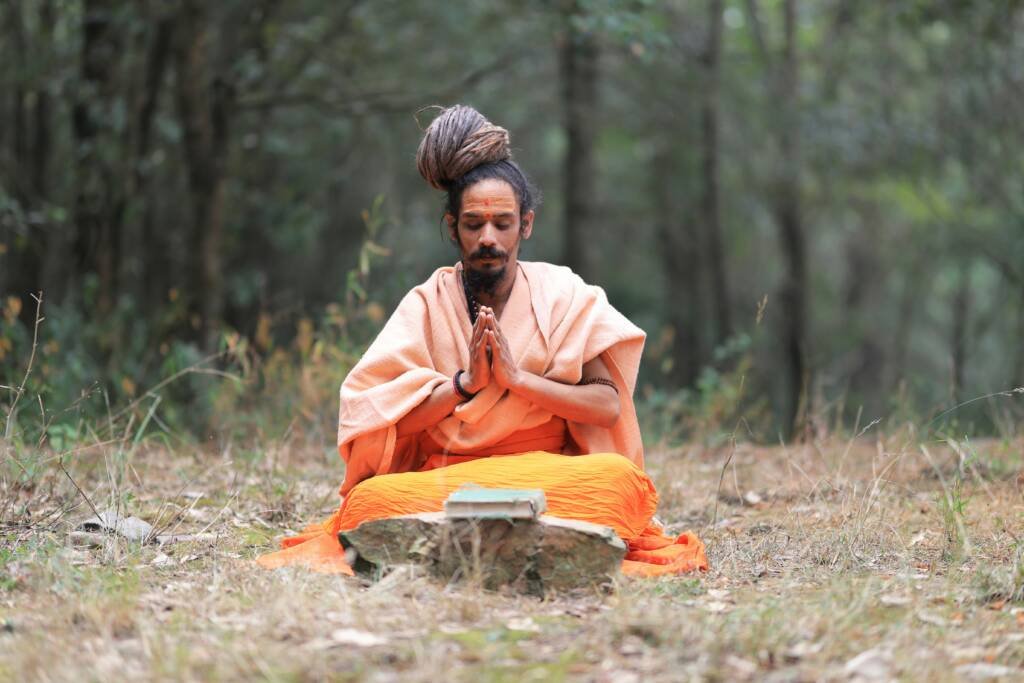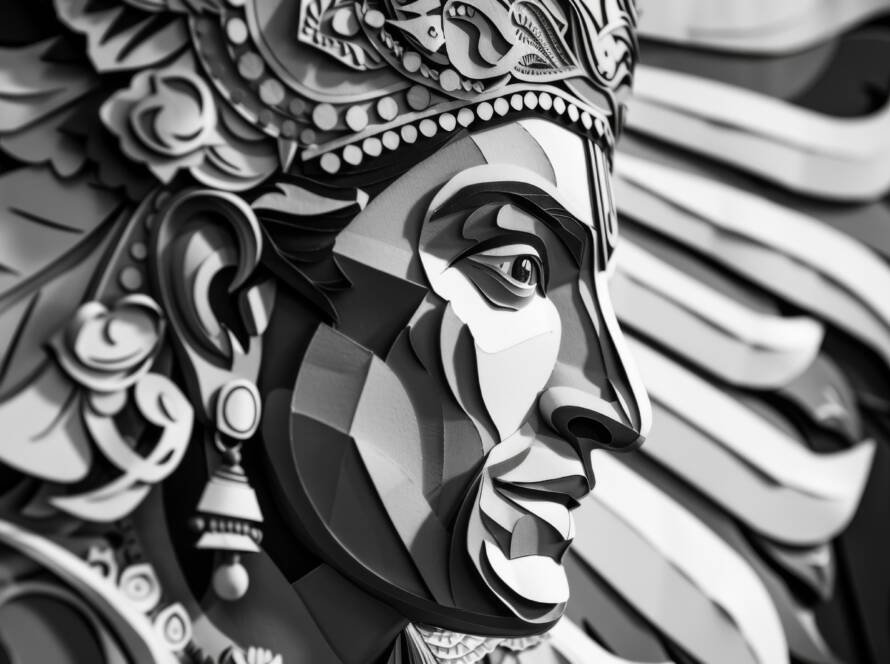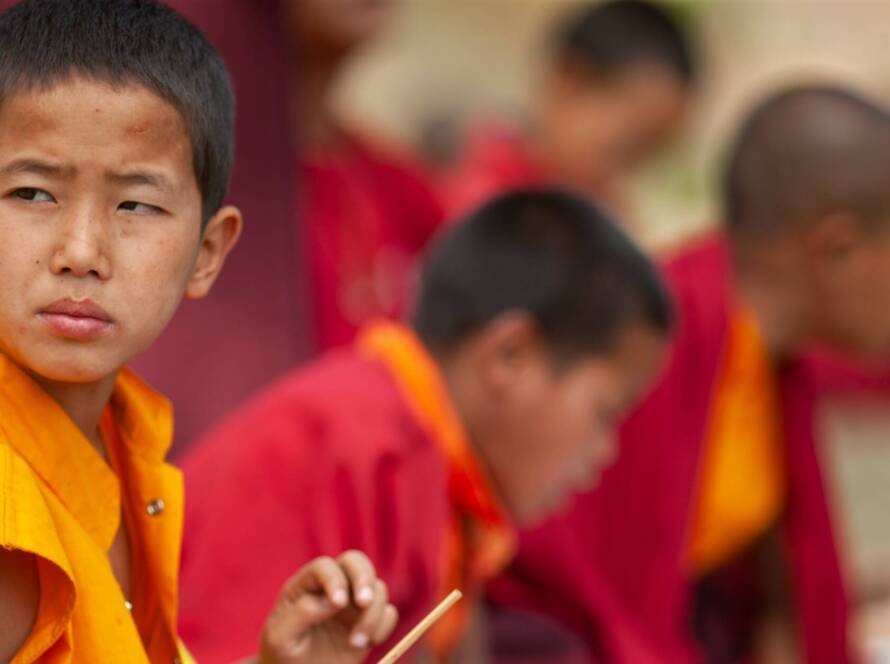The Sacred Bond Between Earth and Soul
Long before the world began debating climate change and carbon footprints, ancient India lived in intimate conversation with nature. Here, rivers were revered as mothers, trees as ancestors, animals as kin, and the earth as a living goddess. In every chant, ritual, and verse of our sacred texts breathed a quiet wisdom—an environmental ethic not born of fear, but of love.
I remember my grandmother lighting a diya at twilight, placing it near the tulsi plant in our courtyard. As the flame flickered in the dusk, she would murmur prayers—not just for our wellbeing, but for the wellbeing of all beings. That simple act held within it the essence of India’s environmental consciousness: gentle, rooted, and all-encompassing.
The Vedas: Reverence as Responsibility
In the Rigveda, nature is not an object to be conquered, but a divine force to be honored. Varuna governs the waters, Agni lights the fire within and without, and Vayu whispers through the winds. These deities are not distant celestial beings—they are the very elements of life. The hymns are both praise and plea, acknowledging the fragile balance that sustains all.
“Mata Bhumih Putro Aham Prithivyah” — “Earth is my mother, and I am her child.”
This verse from the Atharvaveda is perhaps one of the earliest declarations of environmental stewardship, suggesting that caring for the earth is not a duty—it is our very identity.


Upanishads and the Oneness of Life
The Upanishadic vision goes deeper, teaching us that the Atman—the innermost self—is no different from Brahman, the universal soul. This understanding births a worldview where harm to the other is harm to oneself. It is a philosophy that sees no separation between human and non-human, between body and soil.
The Isha Upanishad begins with a profound reminder:
“Ishavasyam idam sarvam yat kincha jagatyam jagat” — “All this—whatever moves on the earth—is pervaded by the Divine.”
What would the world look like today if we truly lived this truth?
Dharma, Ahimsa, and the Ecology of Duty
In the epics—the Mahabharata and Ramayana—dharma is not merely about social conduct but includes our relationship with nature. Kings are judged not only by how they rule their people but by how they care for their forests, rivers, and animals. The forests are sacred abodes of learning; sages live in harmony with deer and birds, and even battles are paused to honor the cycles of the earth.
Ahimsa, or non-violence, extends beyond human beings. The Jain and Buddhist traditions take this to beautiful extremes, encouraging mindfulness in every step, lest an insect be harmed or a plant uprooted without purpose.
Rituals that Remember
Even our everyday rituals—plucking leaves, bathing in rivers, walking in sacred groves—are coded with environmental care. One must not take without asking. One must not waste without thought. The Panchabhutas—earth, water, fire, air, and ether—are not just elements. They are teachers, healers, and guides.
Festivals like Vruksha Bandhan (tying rakhi to trees), or Ganga Dussehra, remind us to celebrate and protect, not merely consume. In ancient times, temples often functioned as ecological sanctuaries—surrounded by ponds, groves, and herbal gardens.
Why It Still Matters
Today, in a world fragmented by consumption and detachment, these ancient echoes offer a compass. They remind us that environmentalism need not be driven only by data and disaster. It can be an act of devotion, of deep cultural memory, and of soulful responsibility.
This is not nostalgia—it is a call. A call to return not backwards, but inwards. To reawaken that sacred bond between self and soil, word and water, life and light.
A Closing Prayer
As the sun sets and the diya glows once more, may we remember that this earth is not a resource—it is a relationship. And in nurturing it, we rediscover the most ancient part of ourselves.
Let us walk lightly, breathe deeply, and live as if every step were a hymn—because in the great unfolding of life, it is.



